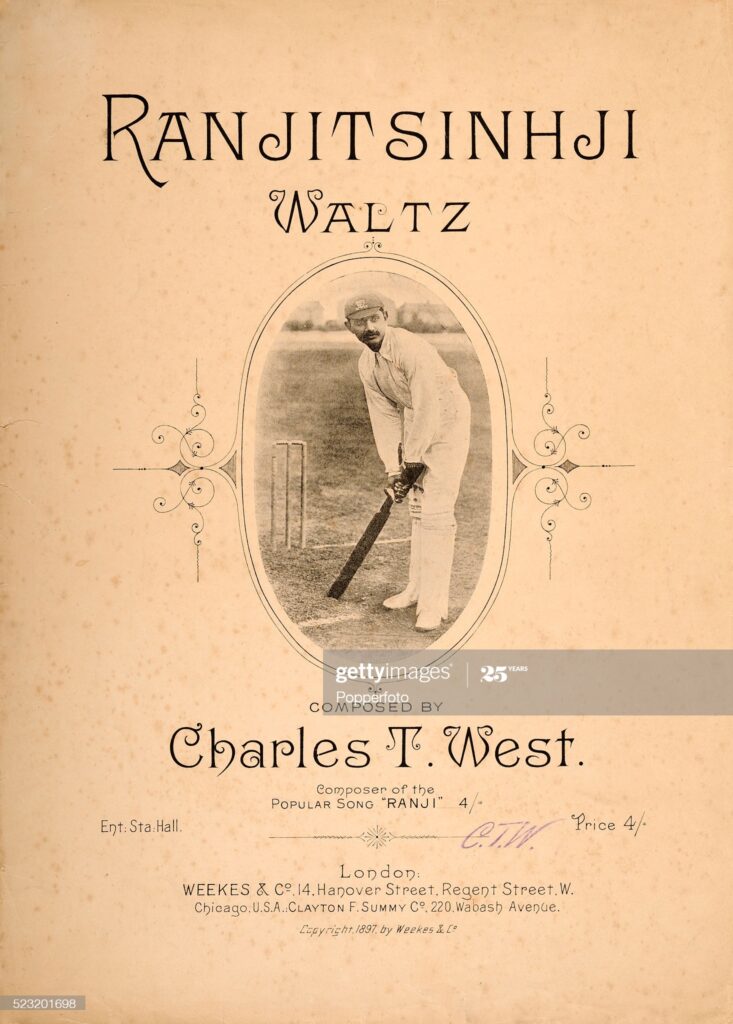Ranji, one of the greatest wielders of willow, will be remembered as the inventor of leg glance, the stroke which frustrated the leading bowlers of his time. He equaled the feat of WG Grace, Gilbert Jessop, and other legends of that time. His technique to late cut won him many laurels. Donald Knight in County Life described that Ranji could have gone out with an umbrella (tightly rolled) and scored a century against fastest bowlers by just steering the ball through slips or gliding them to leg.’ The idea of batting up then was that ball must travel back more or less in the same direction from which it came to the bat. He changed this by helping the ball in the same direction, by deflecting it. This was the difference between him and others before him. He used forward stroke for attack and the backstroke for both attack and defense’ said Duleepsinghji.
The only man ever to have done this in first-class cricket was KS Ranjitsinhji – the legendary “Ranji” – back in 1896. Playing for Sussex against Yorkshire at Hove, Ranji went in on the second day, but hadn’t scored when rain brought an early close. Next morning (August 22) he took his score to exactly 100, but since Sussex managed only 191 in reply to Yorkshire’s 407, they were asked to follow on. This time Ranji made 125 not out, to guide his side to a draw. He batted with “brilliancy and determination”, according to Wisden, which added that “his marvellous exhibition caused the wildest excitement amongst the spectators”
JamSahib (Ranji fondly called) was superb fielder in the slip cordon, as the legends go, to have caught a swallow in flight. There is an instance to support the argument; he grabbed a catch so quickly that the wicketkeeper thought the ball was proceeding to a boundary,’ Don’t just stand there grinning like that; go and fetch it.’ To sum up,’ only half a dozen in the history of the game has added something new to it, and Ranji is one of the’ Alan Ross.
- Some of his great achievements on the field are simply outstanding
- Two centuries on the same day in the due course, he passed 5000 first-class runs and first amateur to complete 1000 runs in a season.
- Five double centuries in a season(then record).
- First to score a century in a session.
- First to score 3000 runs in a season (1899 , 1900 )
- Eleven hundreds in a season.
His unbeaten knock of 154 against rampaging Aussie attack is rated as the batting wonder of the age. Such was the dominance of his batting that knocking on his pads pleased the opposition as if they had got him out.
Some source mentions on the death of Maharaja of Patiala, Bhupinder Singh, a man who built world’s highest cricket pitch at 2443 m in 1893 at Chail, Himachal Pradesh and donated Ranji Trophy in honor of Kumar Shri Ranjitsinhji, Jam Sahib of Nawanagar.


[…] Read more about Kumar Ranjitsinghji […]